THE VENICE SIMPLON ORIENT EXPRESS IS THE SUMMIT OF CONTINENTAL LUXURY, HISTORY, AND LITERARY ALLUSION
BY GILLIAN RHYS AND MATT SCANLON
It’s tricky to rank the world’s most expensive train trips, because, as one might imagine, duration, amenities, and what’s considered true luxury varies from person to person, but in terms of simply stupendous cost, likely the world’s most expensive non chartered way to travel on rails is the Transcantabrico Gran Lujo, from San Sebastian to Santiago de Compostela, an eight day journey through northern Spain and ringing in at $5,854 per person.
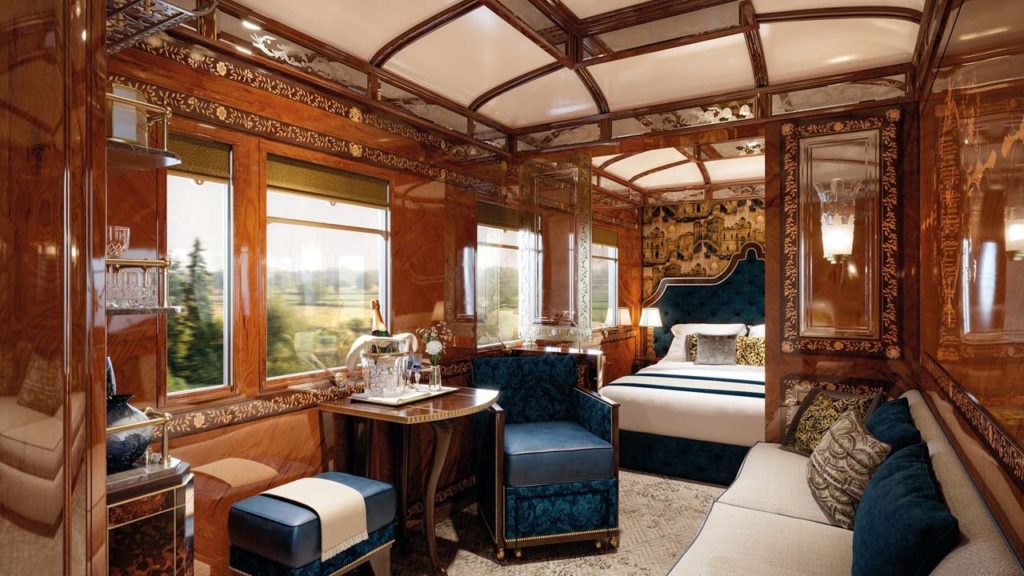
That said, a close competitor, and one that commands a historical and literary presence like no other, is the Orient Express. Created in 1883 by the hotel and travel firm Commpagnie Internationale des Wagons Lits, its original route was from Paris to Istanbul, though that itinerary changed many times before the line ceased operation in 2009, a victim, its owners reported at the time, “of high speed trains and cut rate airlines.”
And yet, those with a yearning for inhabiting the character of Hercule Poirot or Mrs. Hubbard from Agatha Christie’s 1934 novel Murder on the Orient Express have a page turner of an alternative.
The Venice Simplon Orient Express, or VSOE, a luxury service from London to Venice and other European cities, isn’t so much an inheritor of the name as a parallel application of it. Established in 1982 by Kentucky shipping magnate James Sherwood, it’s currently owned by Belmond Ltd. and maintains routes through continental Europe. The classic journey is the week long London to Venice, via Paris, through the Alps and across the Venetian lagoon. Outbound and return routes vary to diversify views; for London to Venice, the VSOE passes through the Gotthard Base Tunnel through the Alps (at 35.5 miles, the world’s longest railway tunnel); for the Veniceto London leg, it goes through the 2.5 mile Arlberg Railway Tunnel instead. For the ultimate indulgence, passengers can also take the return journey for two weeks of exalted excess.
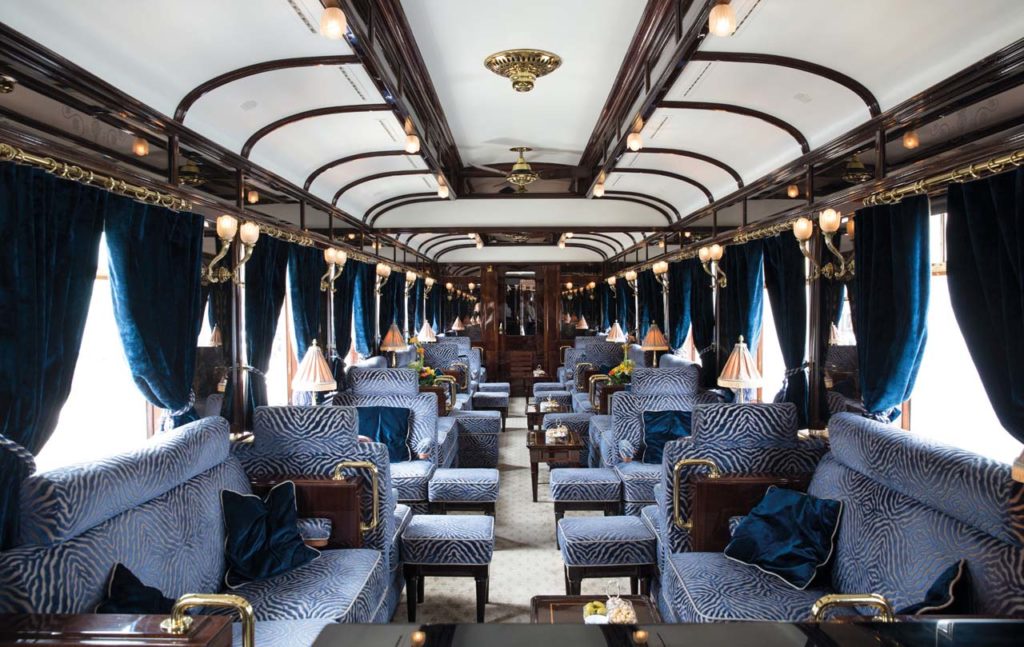
A collection of 17 original 1920s built carriages all at one time a part of historic and glamorous trains such as Le Train Bleu and the Rome Express VSOE is comprised of sleeping cars, a bar car (complete with grand piano and resident pianist), three dining cars, and a boutique. Each has its own story to tell; the sleeping cars 3543 and 3544 feature interior designs by René Prou, who designed not only parts of the Orient Express of the early 1900s but also interiors for the ocean liners Paris, Île de France, and Normandie. The three dining cars have equally intriguing pedigrees. “Etoile du Nord,” with its beautiful marquetry (inlay work made of small pieces of variously colored wood), once formed part of the Danube Express from Bucharest to Constanza, and was later part of the inaugural run of the Rapid King Carol 1 Pullman, a Romanian service tracing the perimeter of the Black Sea. “L’Oriental,” decorated in black lacquer, was once part of the Cote d’Azur, a train that took the well-heeled from Paris to Nice. Dining car 4141 was also part of this glamorous train and later joined the Deauville Express. That carriage boasts panels of classical figures designed by celebrated glass artist René Lalique.
There are one night (two day) journeys between cities like Paris, Venice, Prague, Vienna, and Budapest. Four night, five day trips link Venice and Paris (with an overnight stay at a hotel in Budapest), with two night stays in either Prague or Vienna.
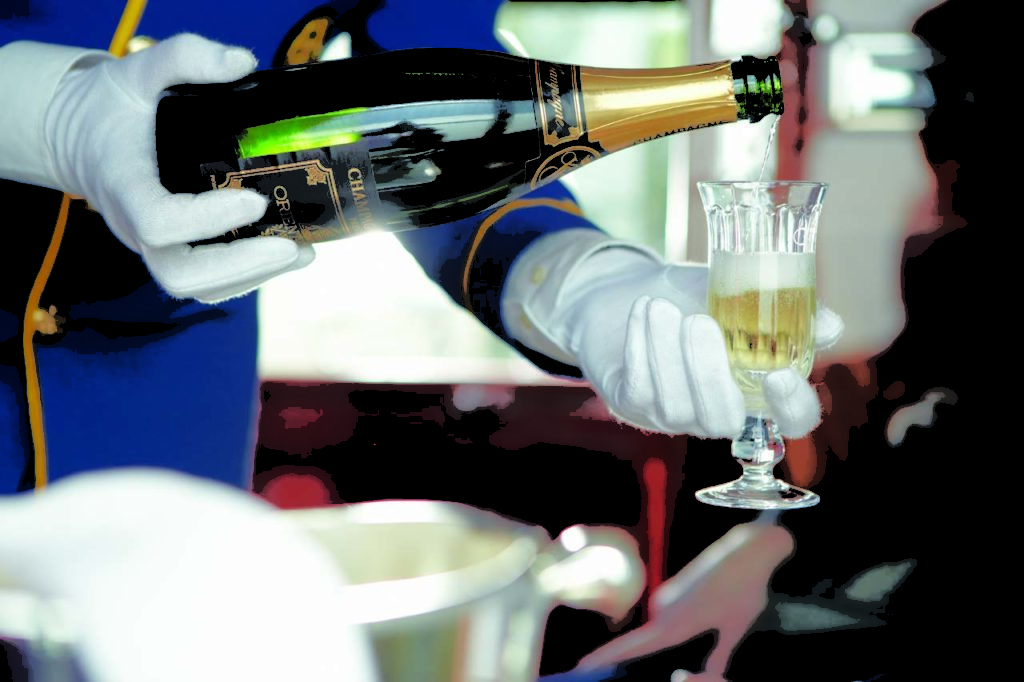
Cabins are single and twin, and two can be configured together as a suite. The top stratum comprises the Grand Suites, described not at all inaccurately by Belmond as conveying “an almost euphoric sense of grandeur.” There are three in all, each design dedicated to and named for the cities of Paris, Venice, and Istanbul with a goal of recreating, as train general manager Pascal Deyrolle explained, days when the super-rich were able to customize carriages.
“Individuals would purchase their own, then task designers with transforming them into unique, opulent spaces,” he said. “The Grand Suites are a re-imagining of this tradition. We’re going back to our history to create something that feels revolutionary.” Amenities for each vary, but include double beds, marble en suite showers, private dining, and free flowing champagne.
Prices vary by route, as might be imagined, but start, for the journey between Berlin and Paris, at $2,300 per person for a single or twin accommodation, $3,650 for a Cabin Suite, and $6,300 for a Grand Suite. The priciest route is between London and Venice (via Prague and Paris), at $4,300, $6,900, and $13,100, respectively (2018 fares; contact Belmond for updates).
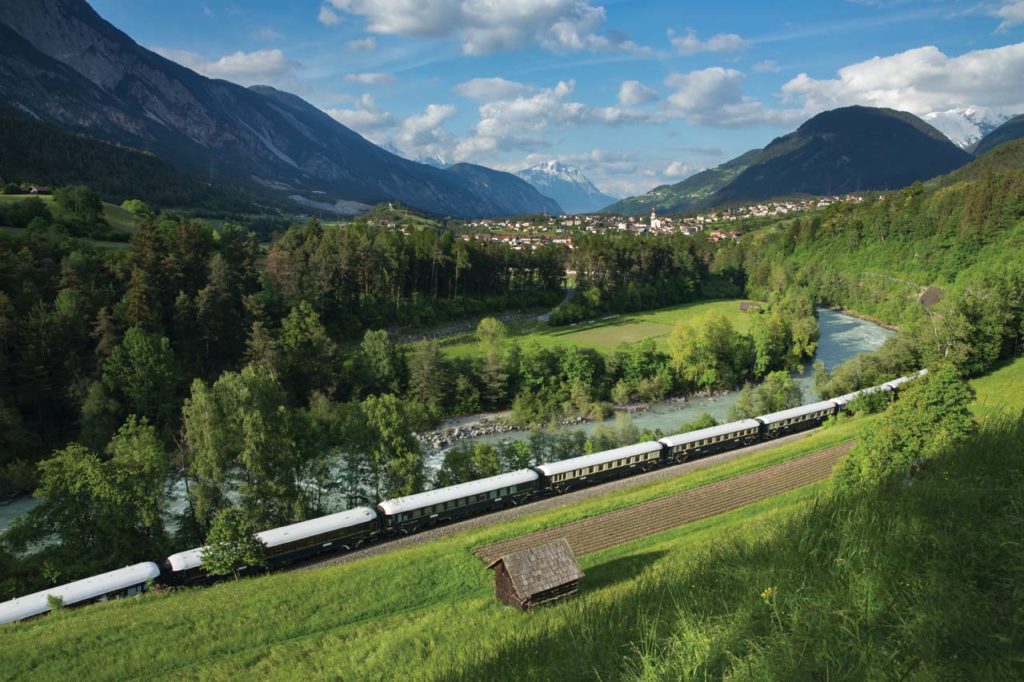
Passengers are welcomed aboard by white gloved stewards in blue and gold uniforms, who take care of them throughout the trip. Included are breakfast and afternoon tea served in the cabins, while lunch and dinner are taken in the dining cars. Most produce in Executive Chef Christian Bodiguel’s kitchen is sourced in Paris or other departure cities, with special ingredients picked up en route. The three restaurants, 3674, Côte d’Azur, and L’Oriental, offer slightly varying experiences in terms of formality and theatricality of presentation, but are all stunning. Menus vary throughout the year, but a constant and not to be missed is Bodiguel’s “Celebration Breakfast:” truffles, caviar, smoked salmon, eggs, and French bread (of course).
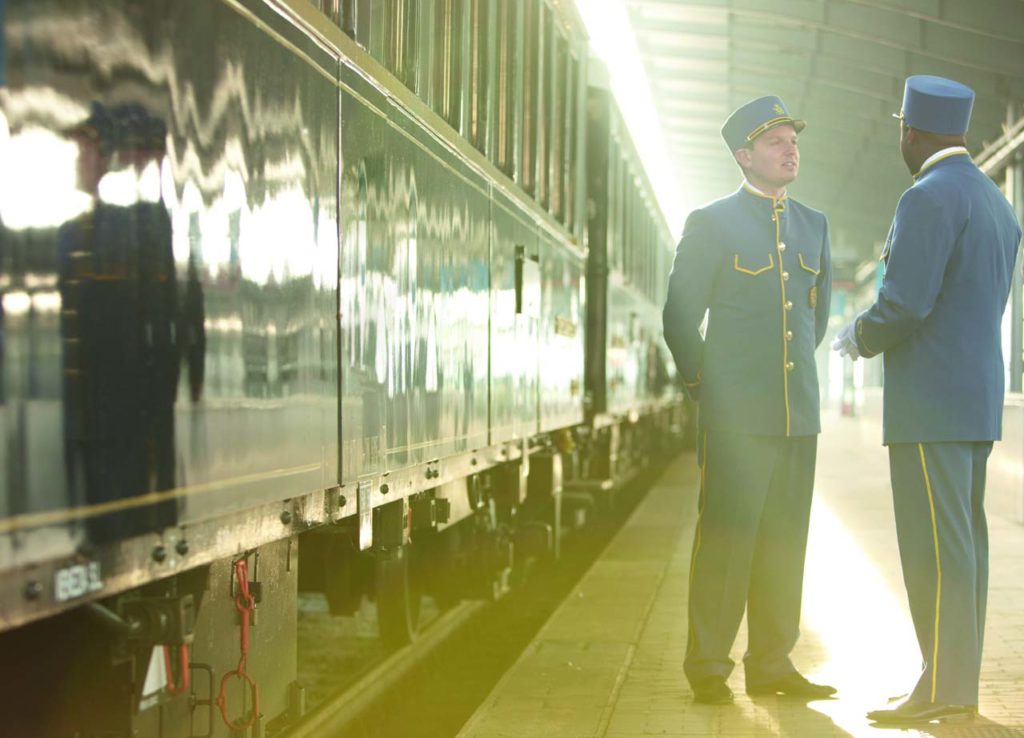
Head Barman Walter Nisi will be shaking up most of the cocktails, and has also created a new caviar menu in collaboration with Petrossian, including “shots” of Alverta Royal caviar, caviar cubes, and sandwiches of papierusse, a wafer thin sheet of pressed caviar. A Champagne Bar has also recently been added, decorated with glass panels by René Lalique and complemented by ice buckets from the company that still bears his name.
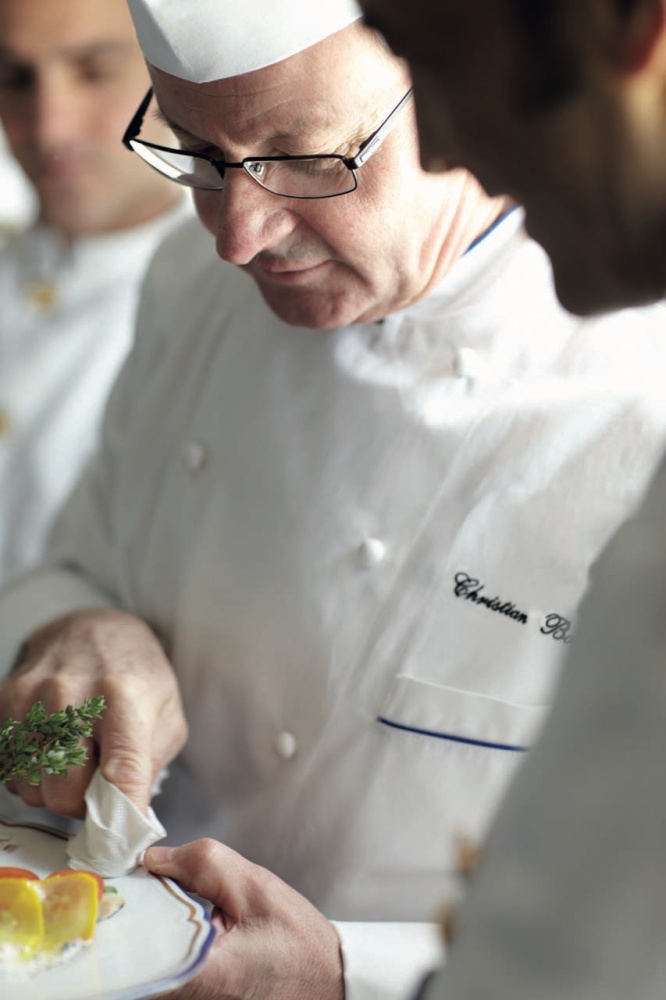
Venice Simplon Orient Express
belmond.com/trains/europe/venice-simplon orient express


